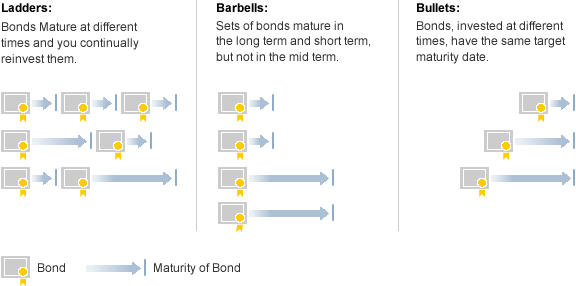
Fixed-income investing can be a great way for investors to minimize risk and see steady interest income over time. However, as with any investing strategy, it is not risk-free.
Bond investors face credit risk, call risk, inflation risk, and interest risk. Interest rate risk is of important note because even though an investor thinks that they are benefiting from a fixed rate and steady payment for a given duration, the volatility of the market and interest rates could make potential investments less valuable than another investment alternative. For example, take an investor who purchased a bond with a maturity of ten years and over those ten years, interest rates exceeded the coupon rate of the purchased bond. In this situation, the bond investor is actually yielding a negative real return and is missing out on the opportunity to invest in securities with higher interest payments. On the other hand, the opposite could hold true. In a low interest rate environment, investors locked in with higher coupon payments are certainly better off.
There are a number of ways in which investors can help protect their portfolios from interest rate risk, many of which involve simple yet effective fixed-income strategies. Using a bond investment strategy can help to reduce risk or maximize income in a way that’s tailored to an individual’s risk/return needs. The bond investment strategies listed below take time and effort to see the potential benefits, but if an investor is willing to put in the work, and has the patience to see long-term gains, then these strategies can be beneficial.

1. Ladder Strategy

This investment strategy allows an investor to stagger bond investments over time with different dates of maturity. An investor gains more flexibility by spreading out investment capital over a number of different bonds at different times and at different interest rates. This prevents a single lump sum of money being stuck in a bond over a long period, thereby limiting potential income and not allowing an investor to take advantage of potential rises in interest rates.
For example, if an investor has $100,000 dollars to invest in bonds, then the ladder strategy would suggest that they purchase a number of bonds at different maturities and interest rates. Let’s say the investor has $100,000 and invests $10,000 in ten bonds that mature incrementally from one to 10 years. As each bond matures, the investor could invest the money in new bonds that may offer more attractive returns.
It is a great way to diversify a bond portfolio and not get tied down to any one bond over a long period. In the example above, as each bond matures the money could be reinvested to take advantage of higher interest rates if the rates rose. On the other hand, if interest rates fell, then the money could be used to be invested in another, higher-yielding security. The ladder strategy also increases liquidity of bond investments because at least one bond is relatively close to maturity.
2. Barbell Strategy

The barbell strategy is used to take advantage of the best aspects of short-term and long-term bonds. In this strategy only very short-term and extremely long-term bonds are purchased. Longer dated bonds typically offer higher interest yields, while short-term bonds provide more flexibility.
The short-term bonds give an investor the liquidity to adjust potential investments every few months or years. If interest rates start to rise, the shorter maturities allow an investor to reinvest principal in bonds that will realize higher returns than if that money was tied up in a long-term bond.
The long-term bonds give an investor a steady flow of higher-yield income over the term of the bond. However, by not having all of your capital in long-term bonds, this limits the downside effects if interest rates were to rise in that bond period.
3. Bullet Strategy

If an investor knows that he or she will need a certain amount of capital at a given point in time in the future, then a bullet investment strategy might be the best way to go. This strategy suggests that an investor stagger purchase dates on bonds that all mature at the same time.
By staggering the purchase of bonds, investors can more efficiently seek out securities that have more attractive interest rates. And since all of the bonds have the same maturity date, investors are able to receive a potentially more attractive inflow. However, because the investor is staggering the purchase of the bonds, it can lead to a risk that interest rates will fall over the bond purchasing period. Keeping a close eye on the interest rate environment is key to successfully following this strategy.
The Bottom Line
Regardless of which one an investor decides to follow, each strategy has its drawbacks and benefits. For one, purchasing multiple bonds is significantly more costly than purchasing a single bond. However, the potential returns that are generated by these strategies may certainly be worth the extra cost.
It is important to note, however, that the benefits of these strategies are typically not seen in the short term; patience and commitment are key. For those willing to put in the time and effort, taking an extra step in protecting your portfolio from interest rate risk could certainly be worthwhile.






